Violets are among the most requested home flowers. Many novice and experienced flower growers appreciate them for their beauty, richness of colors and unpretentiousness. Standing apart from other varieties is the violet Green Rose. The sophistication of the forms of flowers makes it a real queen, favorably distinguishing it from other flowers of this species. Therefore, it will be useful for every florist to learn more about it.
Description
First, let's give a description of the Green Rose violet.
Its leaves are large, slightly wavy at the edges. A beautiful, rich dark green color prevails. Growth goes from the center to the edges, resulting in a strong rosette.
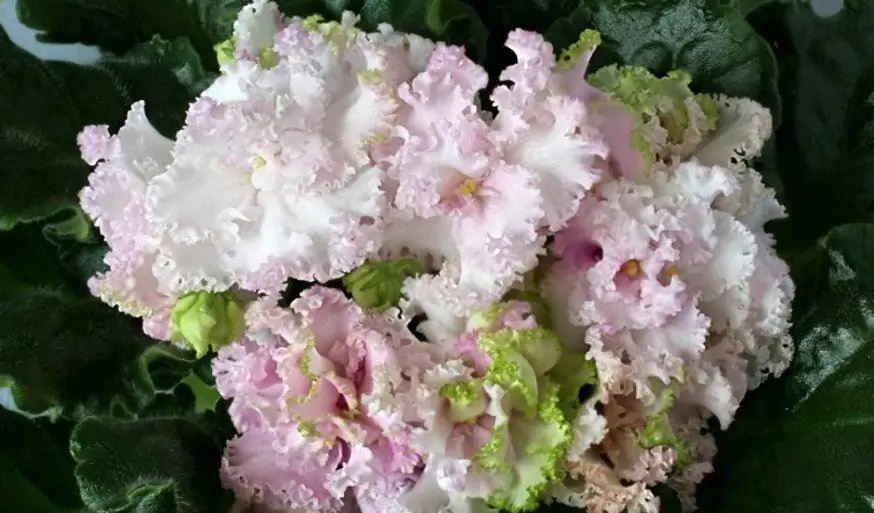
But, of course, the main feature of the variety are gorgeous flowers. They consist of numerous petals with wavy edges, arranged in the same way as in rose flowers - hence the name. At the edges of the petals are pale yellow or even light green in color. There are also exquisite blotches - strokes of lilac color. For one flowering, 6-7 flowers are usually formed. Moreover, with a new flowering, the shade and structure of flowers can vary significantly - this makesthe growing process is particularly interesting. Colors can also be affected by the ambient temperature. If the temperature drops below +20 degrees Celsius, then light colors predominate - yellow and light green. But if the room is hot - above +26 degrees, then a large number of purple and even raspberry blotches appear on the petals. Of course, when choosing a sprout, any florist expects that it will retain the characteristics of the parent plant. However, this is not always observed in violets. Quite often, a young plant has flowers of a different color, very different from the flowers of the parents. Such instances are commonly referred to as "sports". Violet Green Rose is no exception. Therefore, you should be prepared for this.
Suitable soil and pot
Before you start breeding violets, you need to take care of suitable growing conditions. There are a few subtleties here that are very important to know.
First of all, a pot. It would seem that everything is simple here - any container with drainage holes in the lower part will do, so that excess moisture is freely removed without leading to decay of the root system. However, here you should consider the size of the plant. Planting a tiny violet in a large pot is not worth it. Otherwise, the plant will throw all its forces into the development of the root system. This will take many months and all this time the violet will not bloom - hardly anyone will be pleased with this alignment. Therefore, it is advisable to plant a small leaf with roots in a small pot. Then the root system will quickly take up the entire available volume and the plant will finally begin to bloom. Over time, the grown plant will need to be transplanted - we will talk about this a little later.
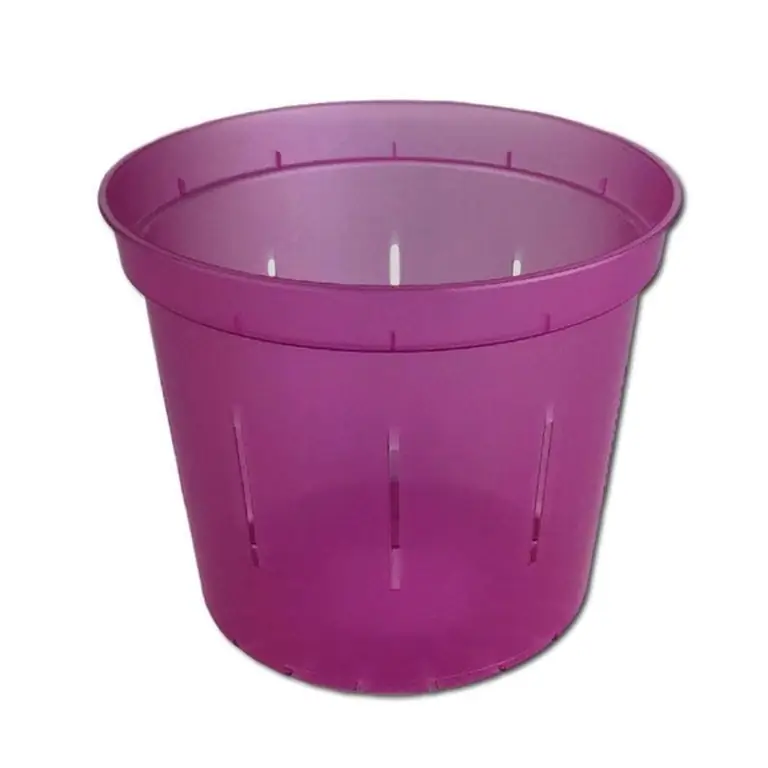
The choice of soil also needs to be approached very seriously. It is advisable to use fertile soil - black soil or any other, mixed with compost - an excellent fertilizer. If the soil is too dense, then it will not be out of place to slightly dilute it with sand to facilitate the passage of moisture and oxygen to the roots.
Of course, it is advisable to pour a little crushed stone or pebbles on the bottom of the pot, and only then pour soil over them - then the plant will develop the fastest.
Correct Conditions
In order for the Green Rose variety violet to actively grow and develop, it is necessary to provide it with certain conditions. First of all, it is humidity, temperature and lighting. Let's analyze each of the parameters in more detail.
Like most violets, this variety prefers high humidity - 50% or more. However, at home, this indicator is quite difficult to maintain - especially in winter, when radiators and heaters dry the air. Therefore, it will not be superfluous to use a special humidifier or just spray the plants from a spray bottle once or twice a day.
In general, violets are not too demanding on the temperature regime, successfully developing in a fairly wide range. But still, they grow best at temperatures from +18 to +30 degrees Celsius. As mentioned above, the appearance of flowers depends on this indicator.

Any plant needs enough light to actively process photosynthesis in the leaves. In summer, problems usually do not arise - there is enough lighting. True, you need to make sure that the violet does not get burned from direct sunlight - it is better to put the pot not on the south side. Otherwise, overheating will cause the leaves and flowers to wither and then dry out. But in winter, there is clearly not enough light. Therefore, in order for the plant to develop successfully, it is necessary to provide them with a sufficient amount of artificial lighting. Fortunately, the task is not difficult at all - just install a fluorescent lamp on the window.
Sprouting and planting
Now let's talk about the reproduction of violets Green Rose. Flowers are fairly easy to germinate. If you saw a beautiful plant with your friends, you can simply ask to separate a single leaf from it. Of course, it is desirable to choose an even, beautiful and large leaf, and not from the edge, but directly from the center - they receive the most nutrients, which makes them the most viable. After that, half the work is already done!
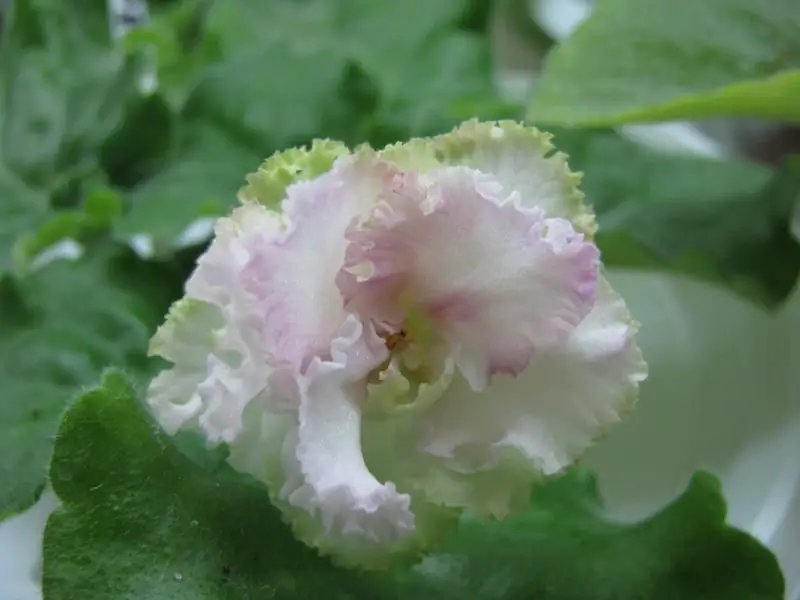
It remains only to put the leaf in a small container of water. Make sure that the lower end (cut) is always in the water and never dry out - this will lead to the death of the plant. But at the same time, only the stalk itself, and not the leaf, should come into contact with water - otherwise excess moisture will badly affect it, even rot may appear.
After a few days, small roots will appear at the bottom of the leaf. Meansit's time to plant the plant in the ground. Which soil and pot to choose is described above. It remains only to moisten the ground well, dig a small depression in it, place a leaf there so that all the roots are in the hole, and carefully cover it with earth on top, lightly tamping it down for density. That's all! Now the plant will probably actively grow and develop.
A little about watering
Water violets should be as the soil dries. Accordingly, in the summer it will have to be done more often, and in the winter - less often. In addition, the earth dries out faster in small pots than in large ones.
Watering should be done only with settled water - not cold from the tap. It is advisable to pour water into a suitable container - a glass, jar or any other with a wide neck (to facilitate the evaporation of chlorine) and leave for a day. During this time, it will warm up to room temperature and get rid of dangerous chlorine. Too hot or cold water may well lead to disease, damage to the roots.
When watering, try to pour water directly onto the ground. If it gets on the leaves on a hot sunny day, burns are possible - white spots will appear on their surface.
Replanting
It was already mentioned above that the violet needs to be transplanted regularly. Up to one year, it may well grow in a small pot. But then you should transplant it into a larger pot and repeat the procedure every two years.

Old plants are especially troublesome. It is not enough just to transplant them - you need to carefully removeouter leaves straight from the rhizome, leaving only the middle. Such rejuvenation of plants leads to active growth.
With young violets, everything is much easier. It is necessary to prepare a pot in which it is planned to transplant the plant, pour earth into it and make a large depression in it. The soil in the violet pot needs to be slightly moistened, and then carefully turned over, trying to shake it out along with the plant - it is very important here not to damage the root system, otherwise the violet will hurt and may even die. It remains only to install the earth in the prepared hole and water it well.
Don't forget about fertilizers
The first six months after planting in fresh soil, it is not necessary to fertilize the violet - the soil contains all the necessary substances. Then you need to feed the flower every two weeks - this is especially important during the flowering period.
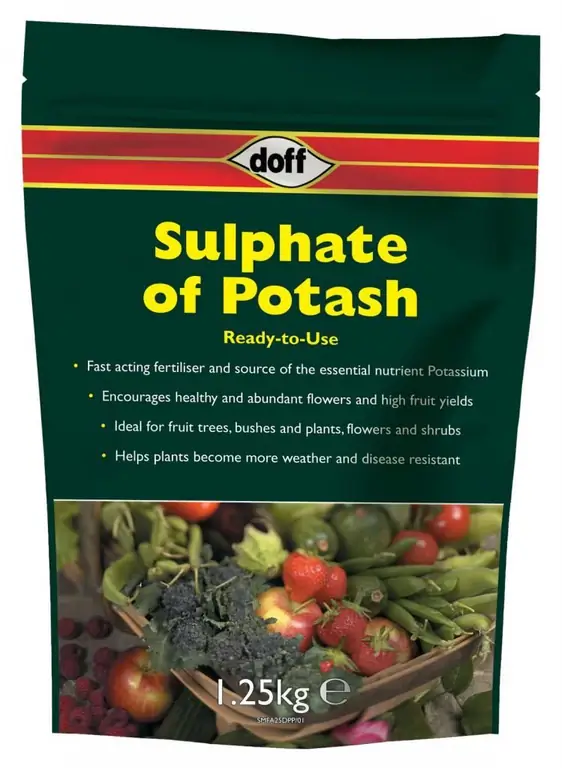
An actively growing plant needs to be fertilized with nitrogen fertilizers - they ensure the rapid growth of green mass (stems, leaves). Immediately after transplanting, you can add a little phosphorus, which is needed for the rapid development of the root system. But before flowering, you need to fertilize the violet with potash fertilizers - then there will be more buds and their size will also increase.
Of course, when fertilizing, carefully study the instructions so as not to harm the plant with an excess of trace elements.
Possible growing difficulties
Most often, lovers of violets are faced with aphids and mites. The appearance of aphids can be seen by gradually curling leaves. The problem is solved aftertreatment of leaves with a special powder preparation - "Mospilan".
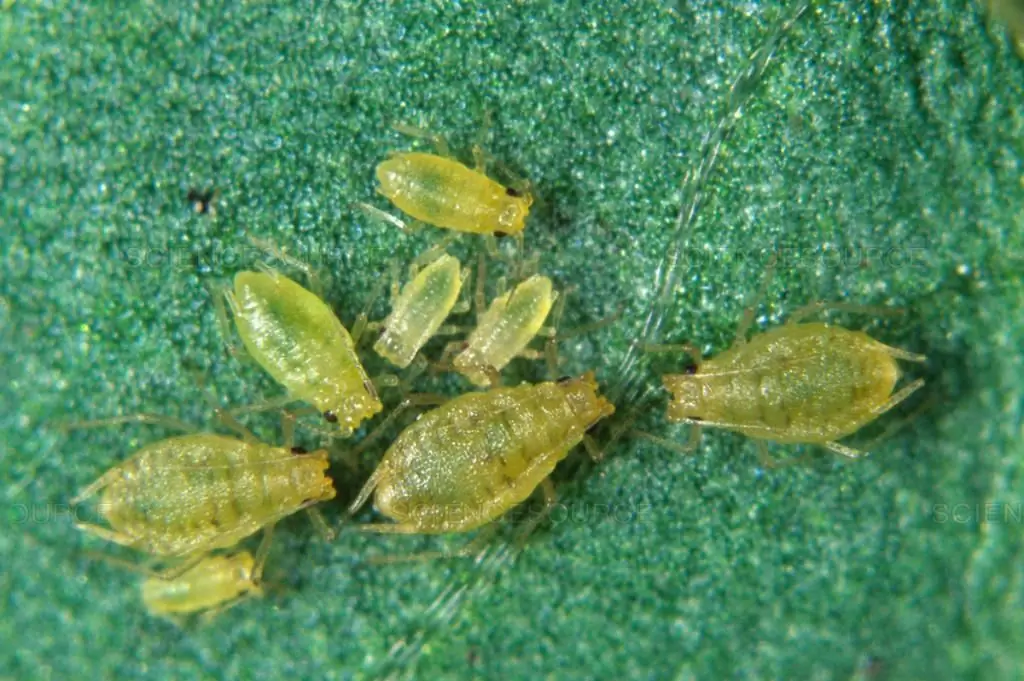
Ticks most often appear on old, drying leaves. Therefore, if you spend at least a few minutes a couple of times a week removing dry leaves, you probably will not encounter this trouble.
Conclusion
This concludes our article. Now you know more about the Green Rose violet. The photo and description of the variety given in the article will allow you to recreate the most complete picture. Therefore, it will be easy to decide whether this plant is right for you or it is better to choose another option.






